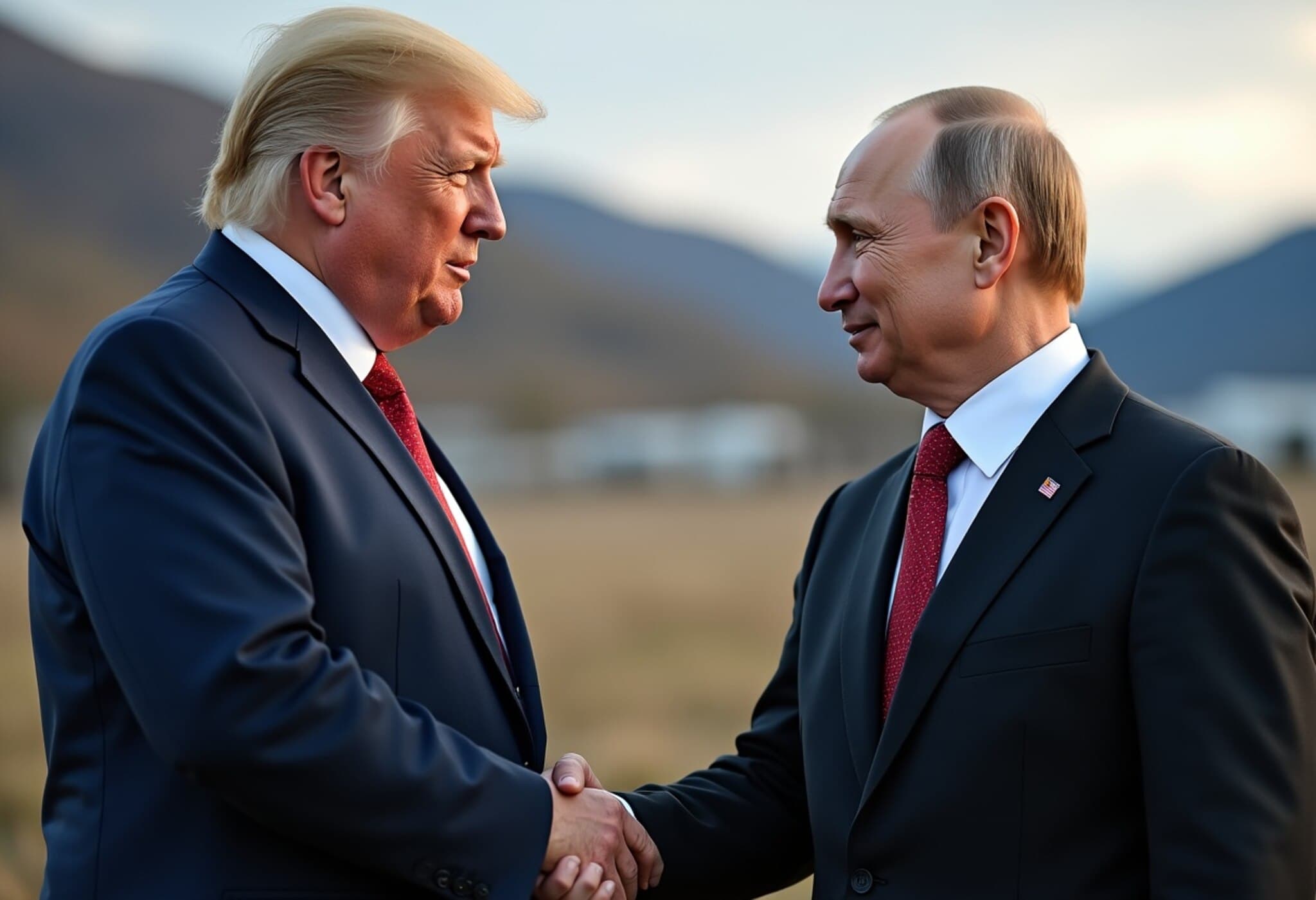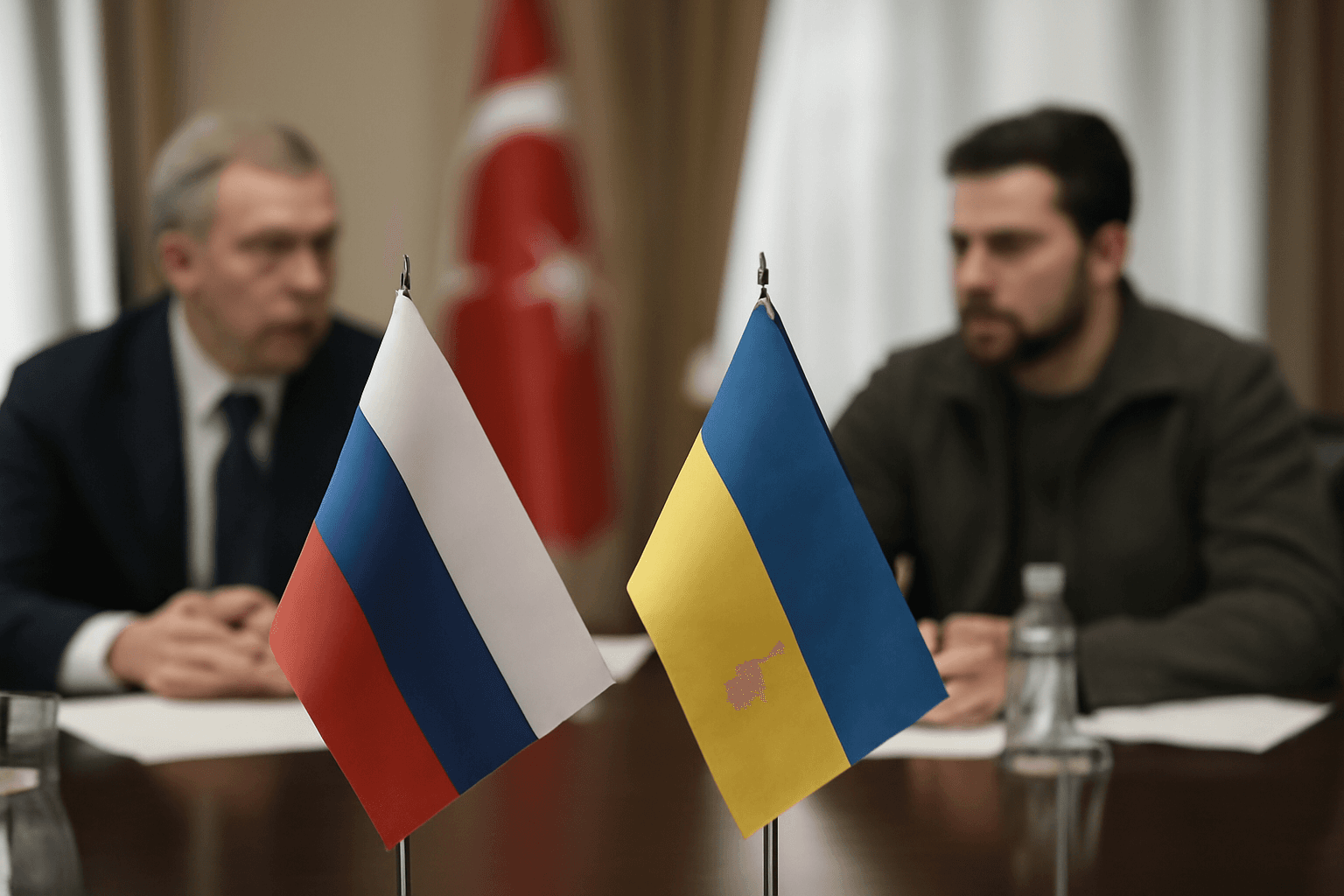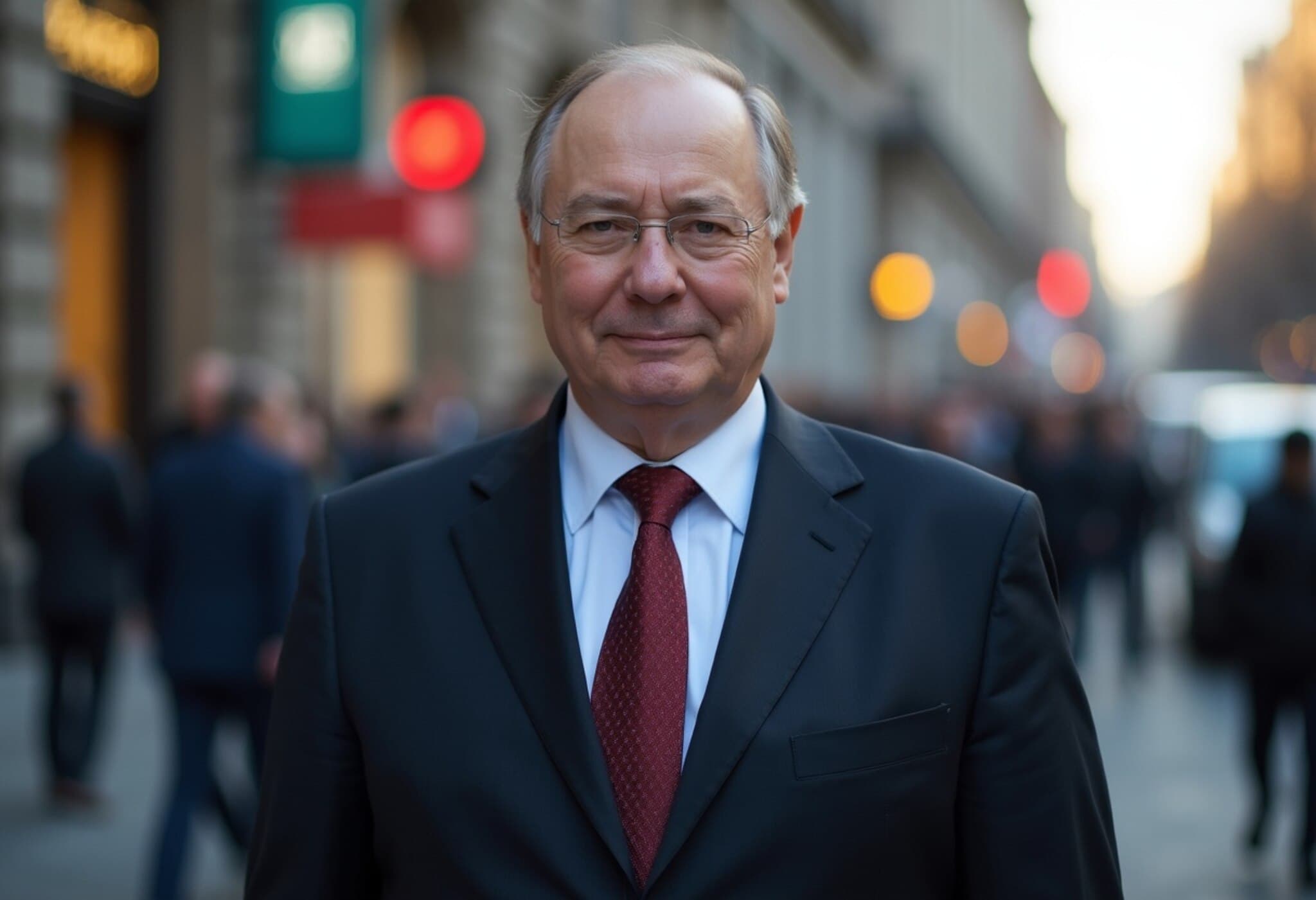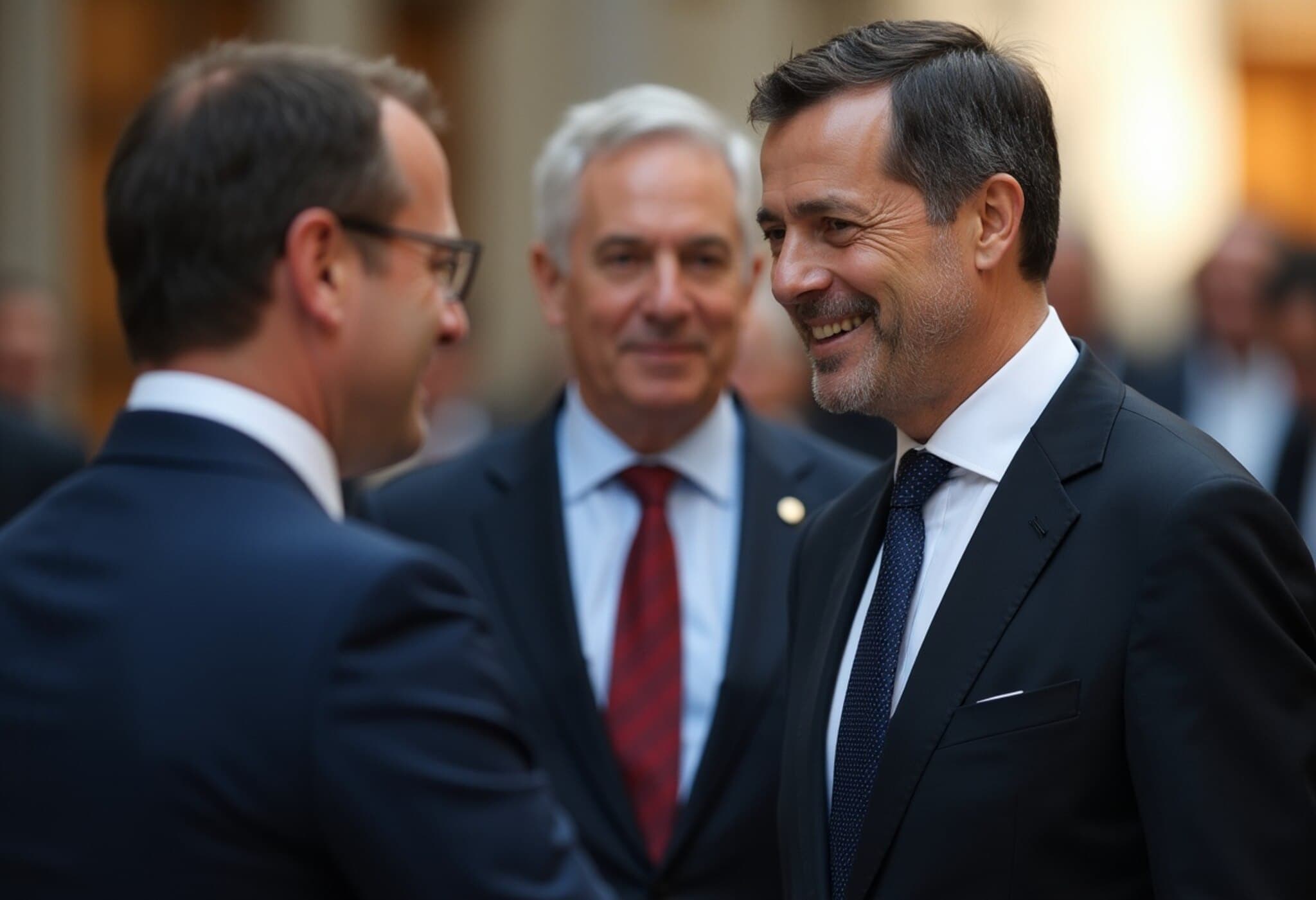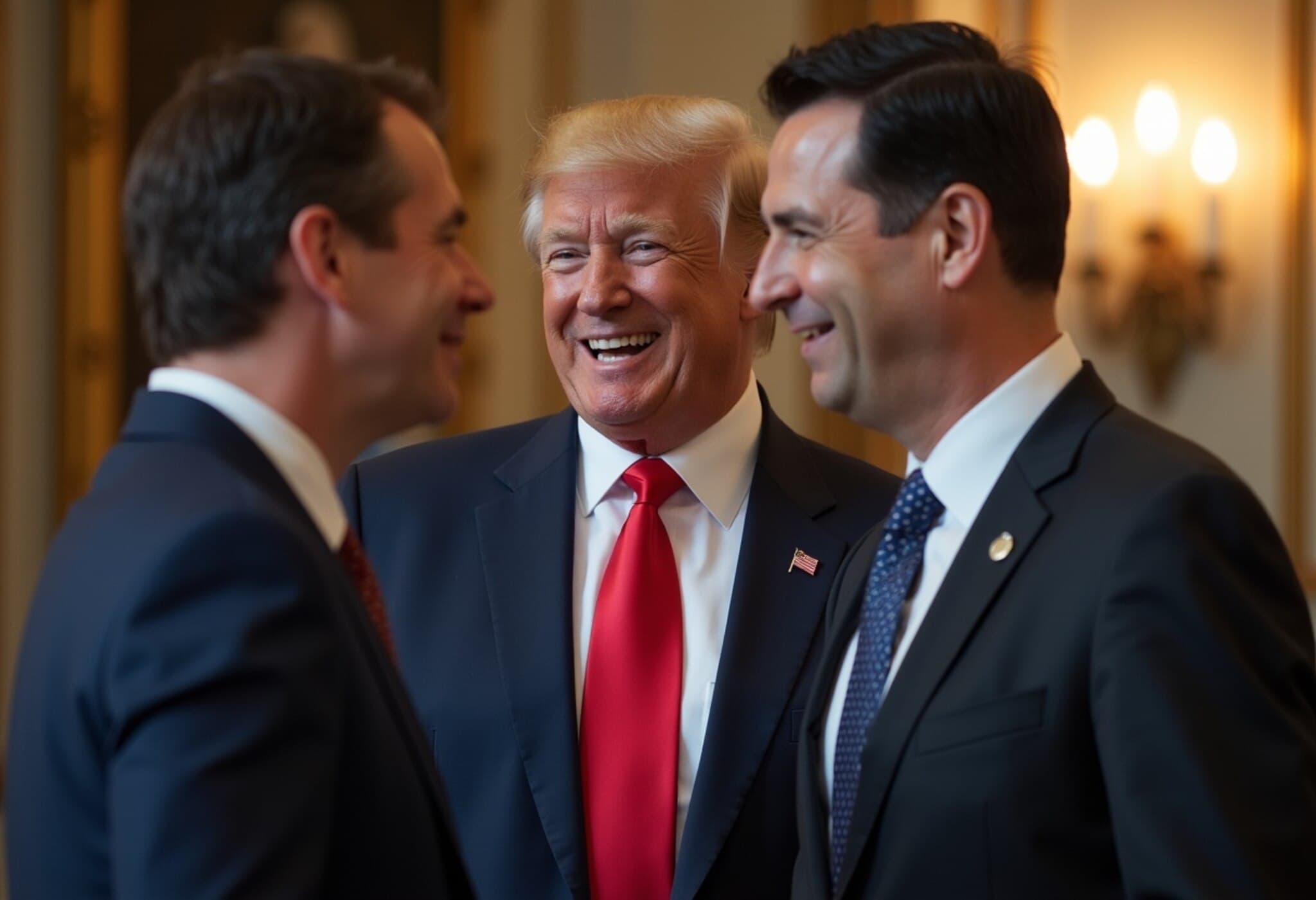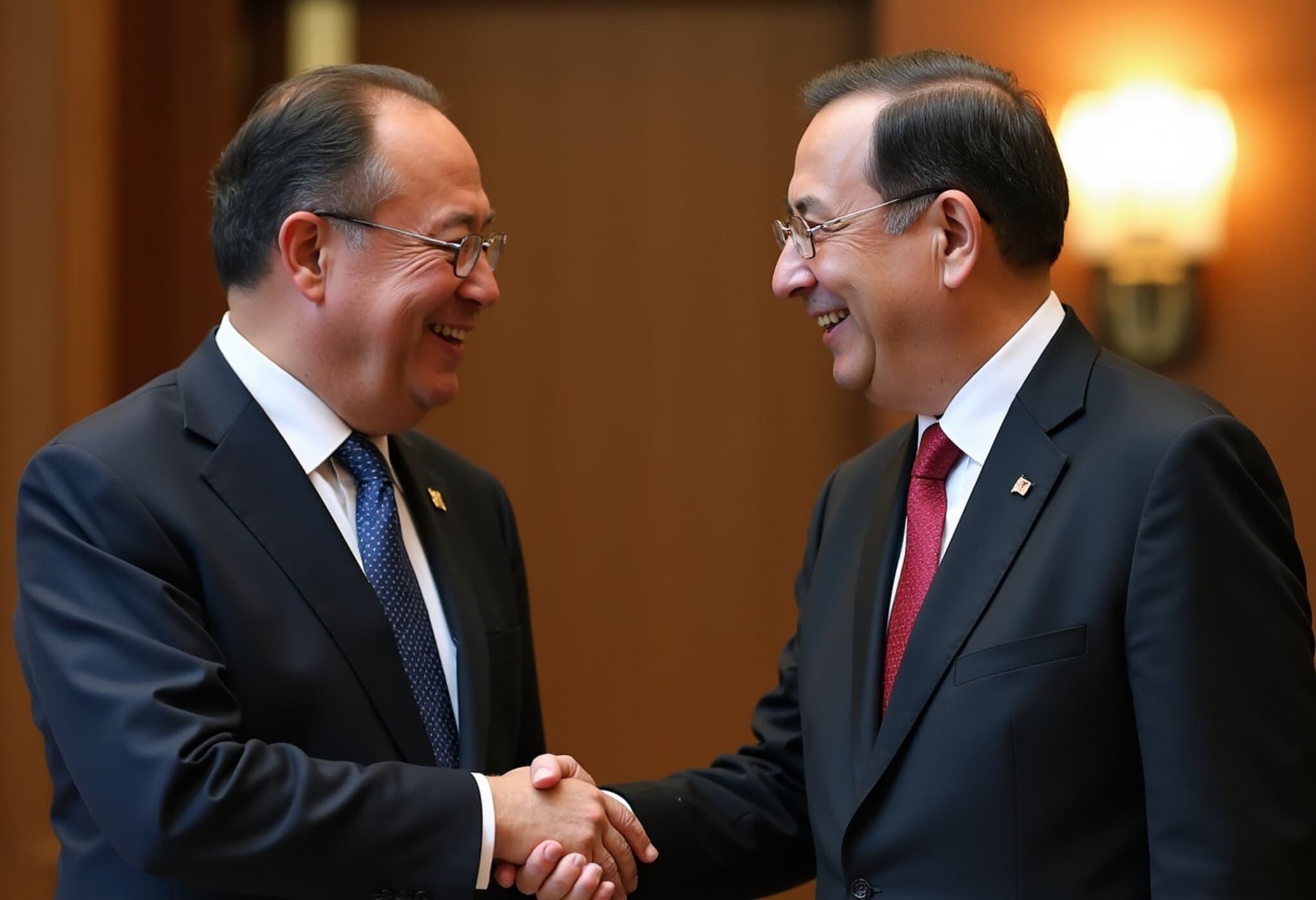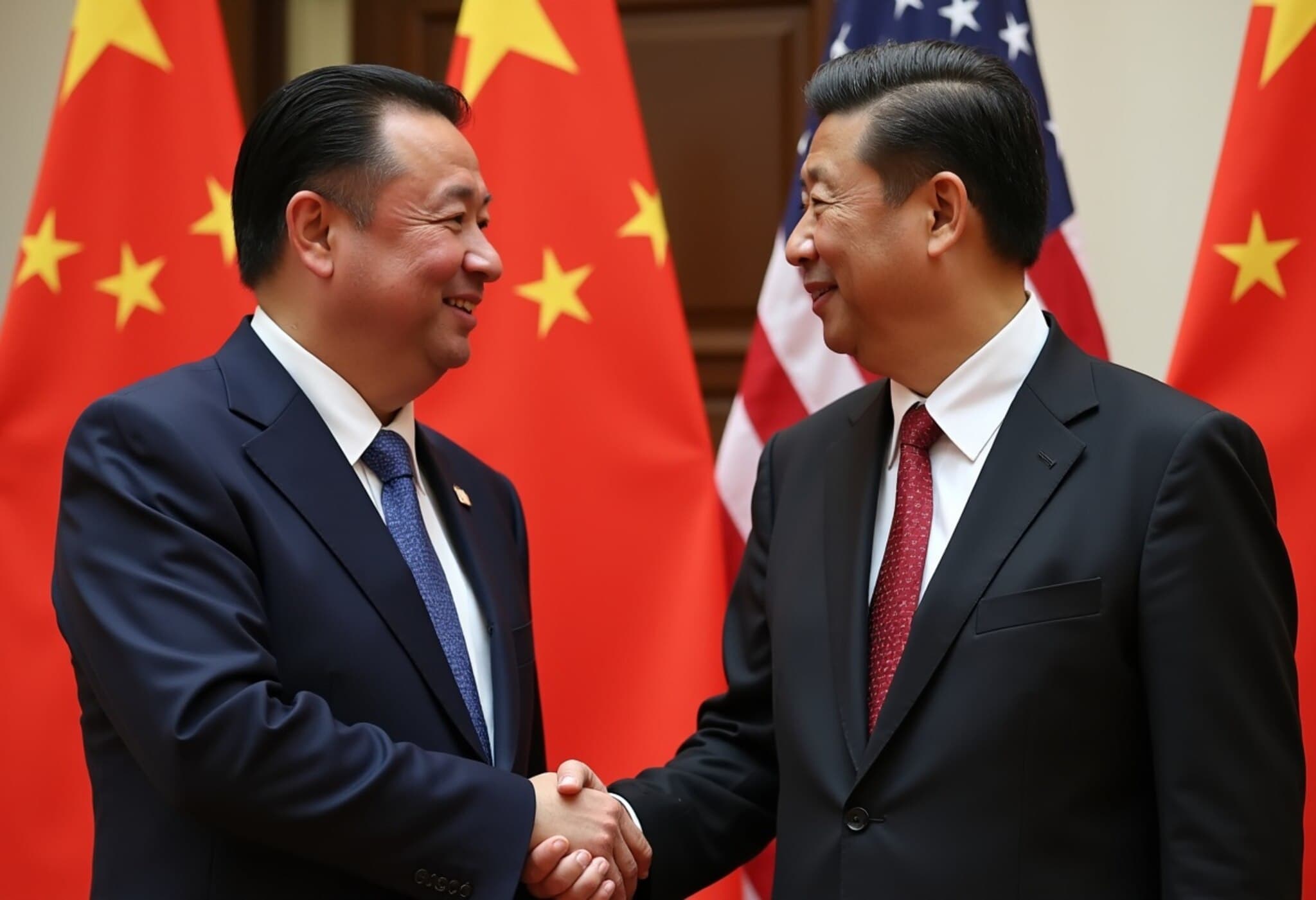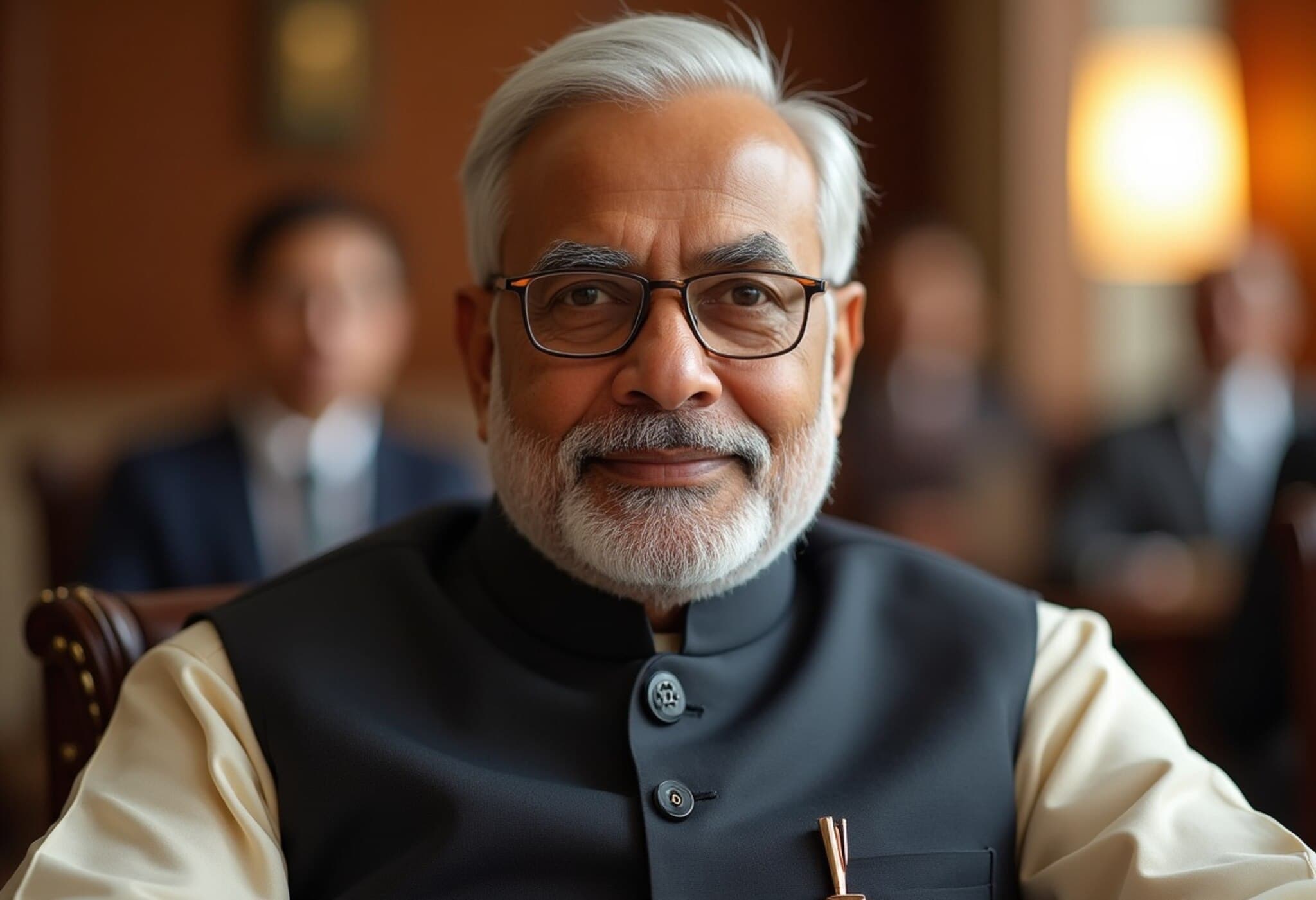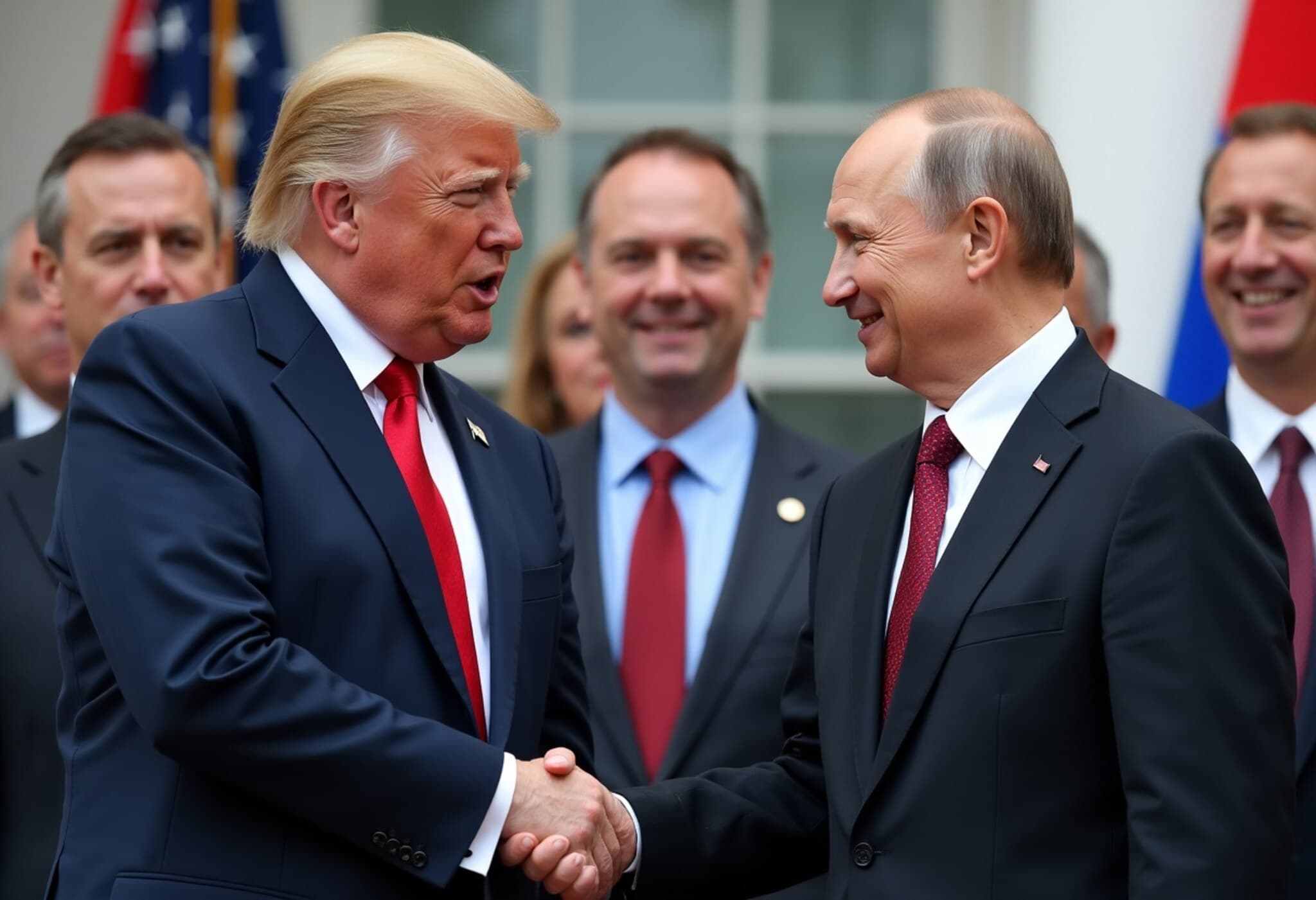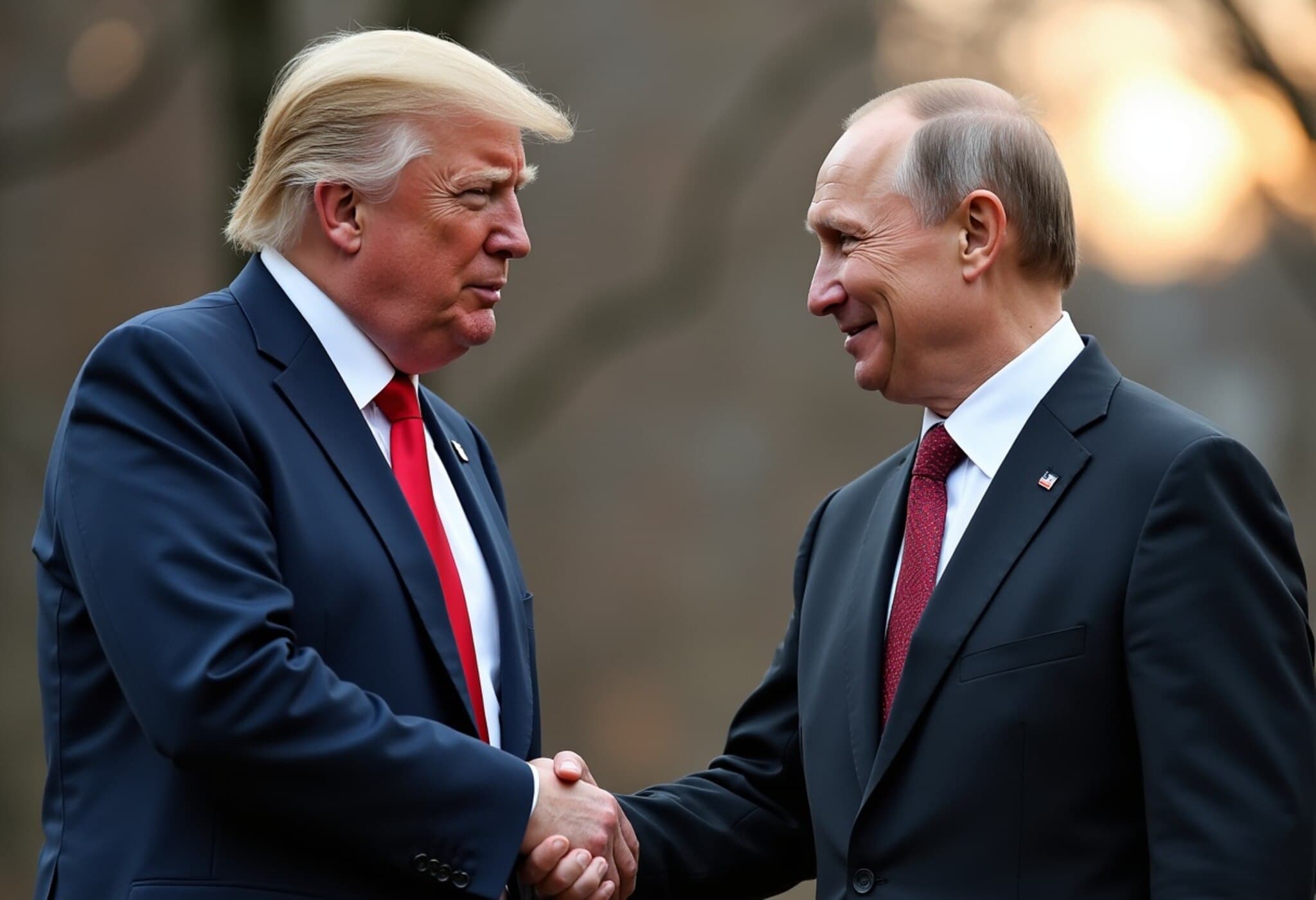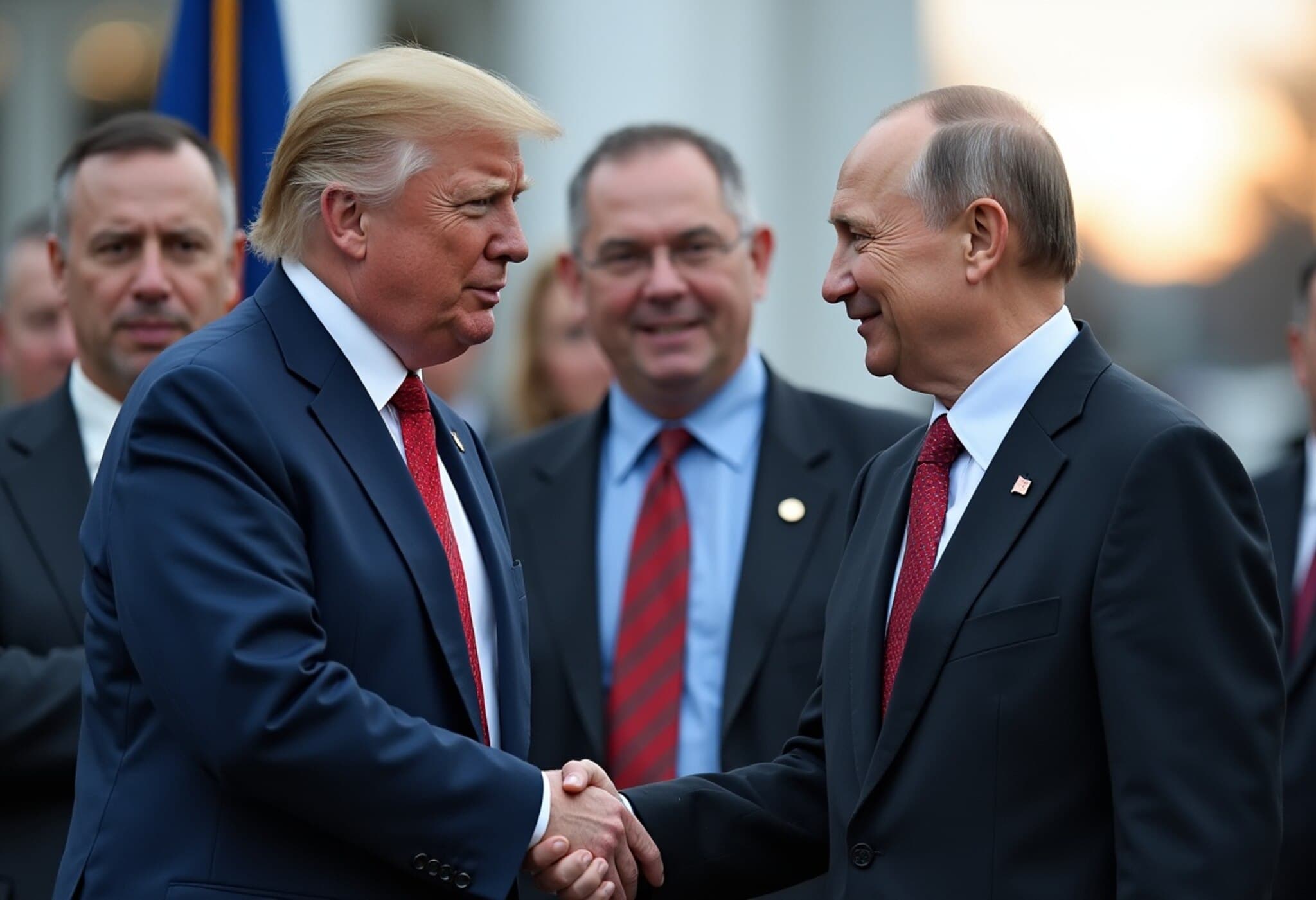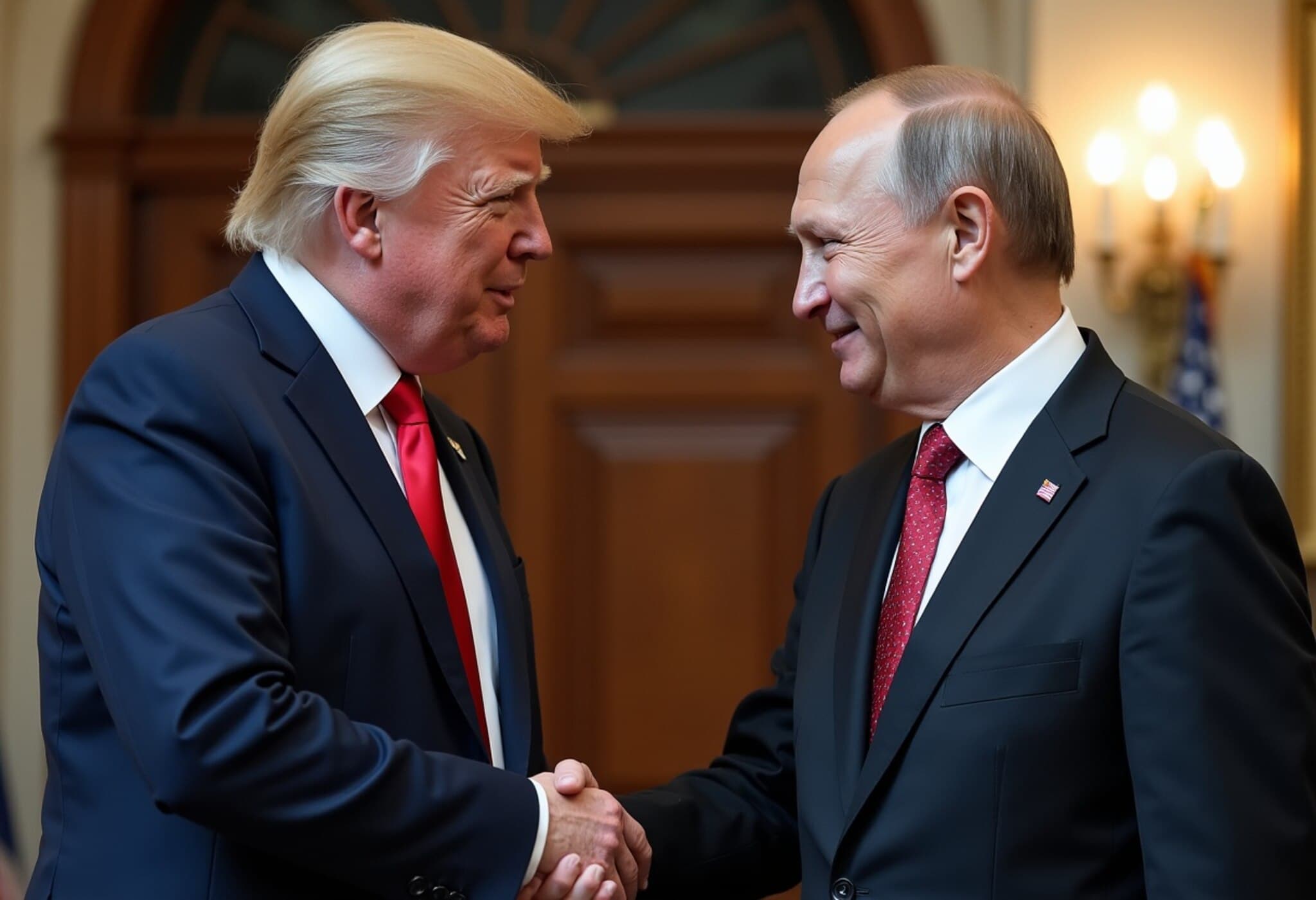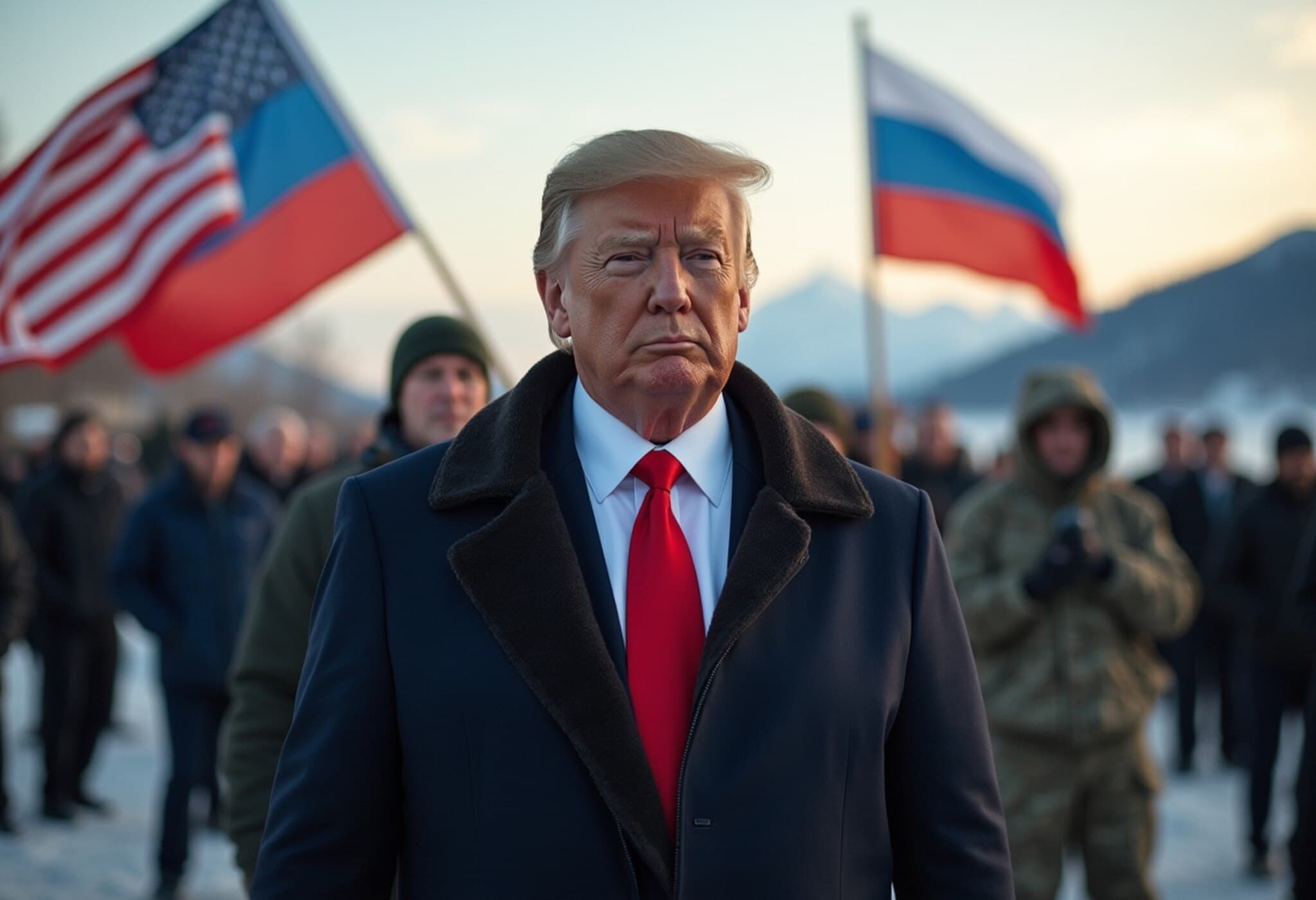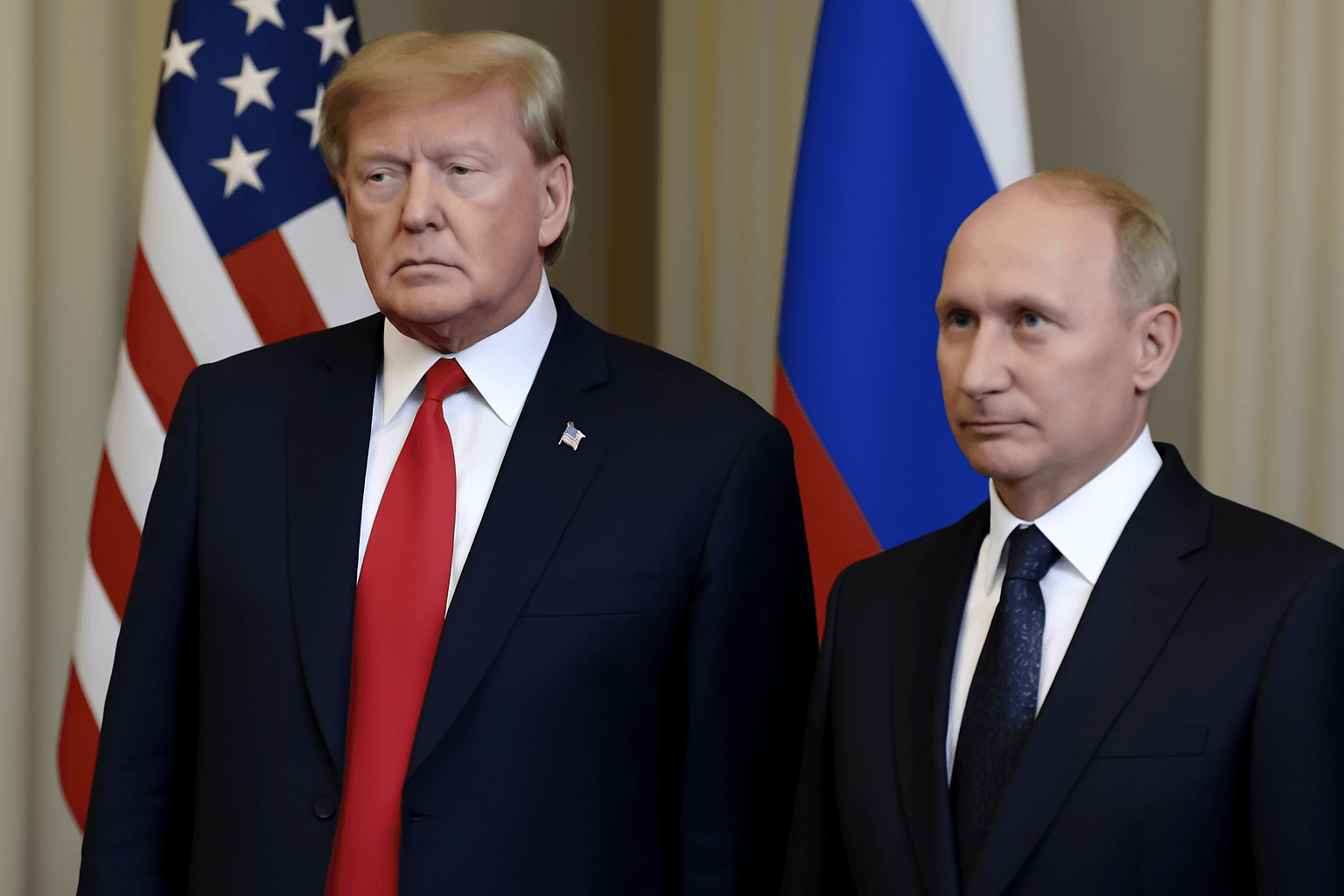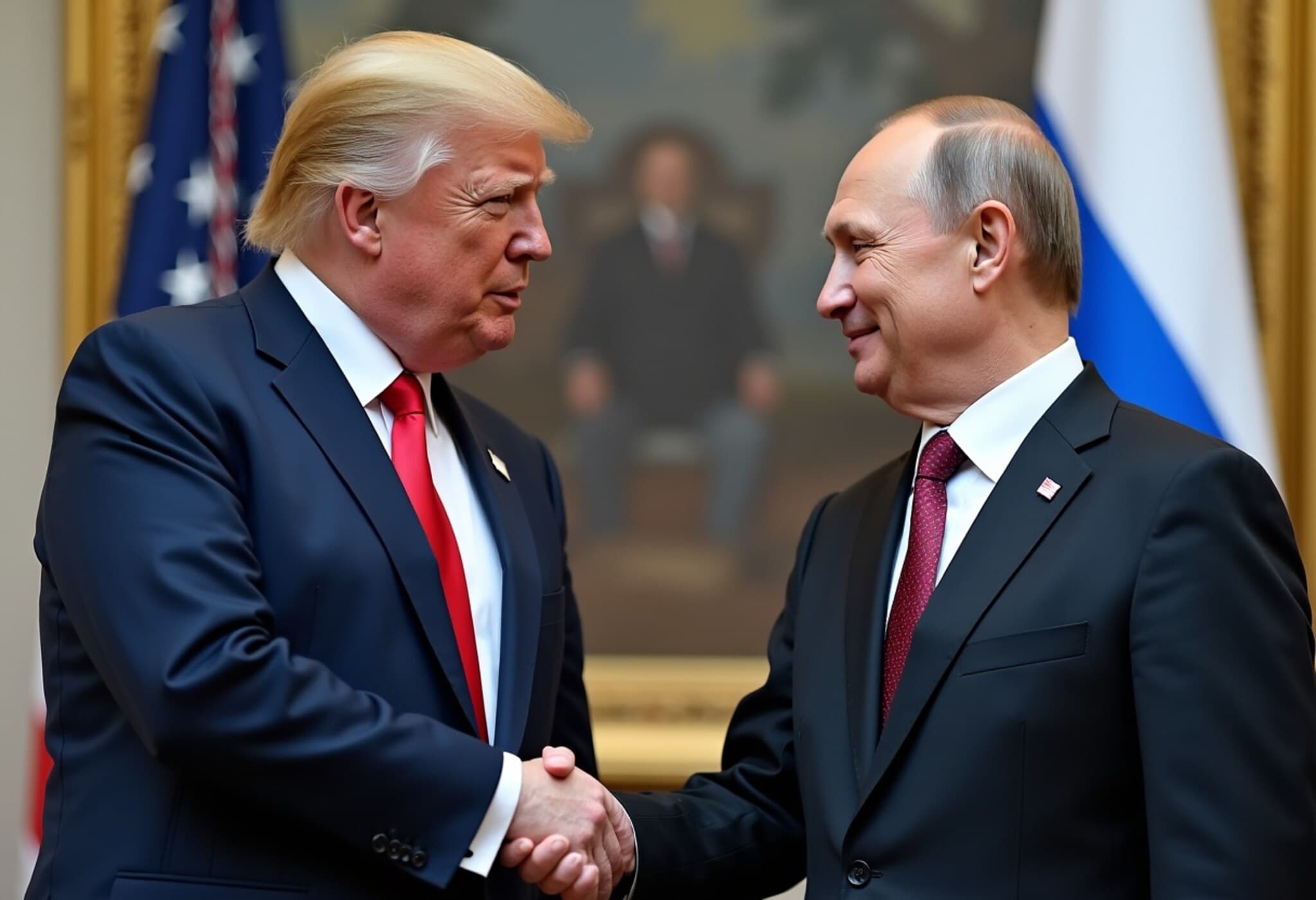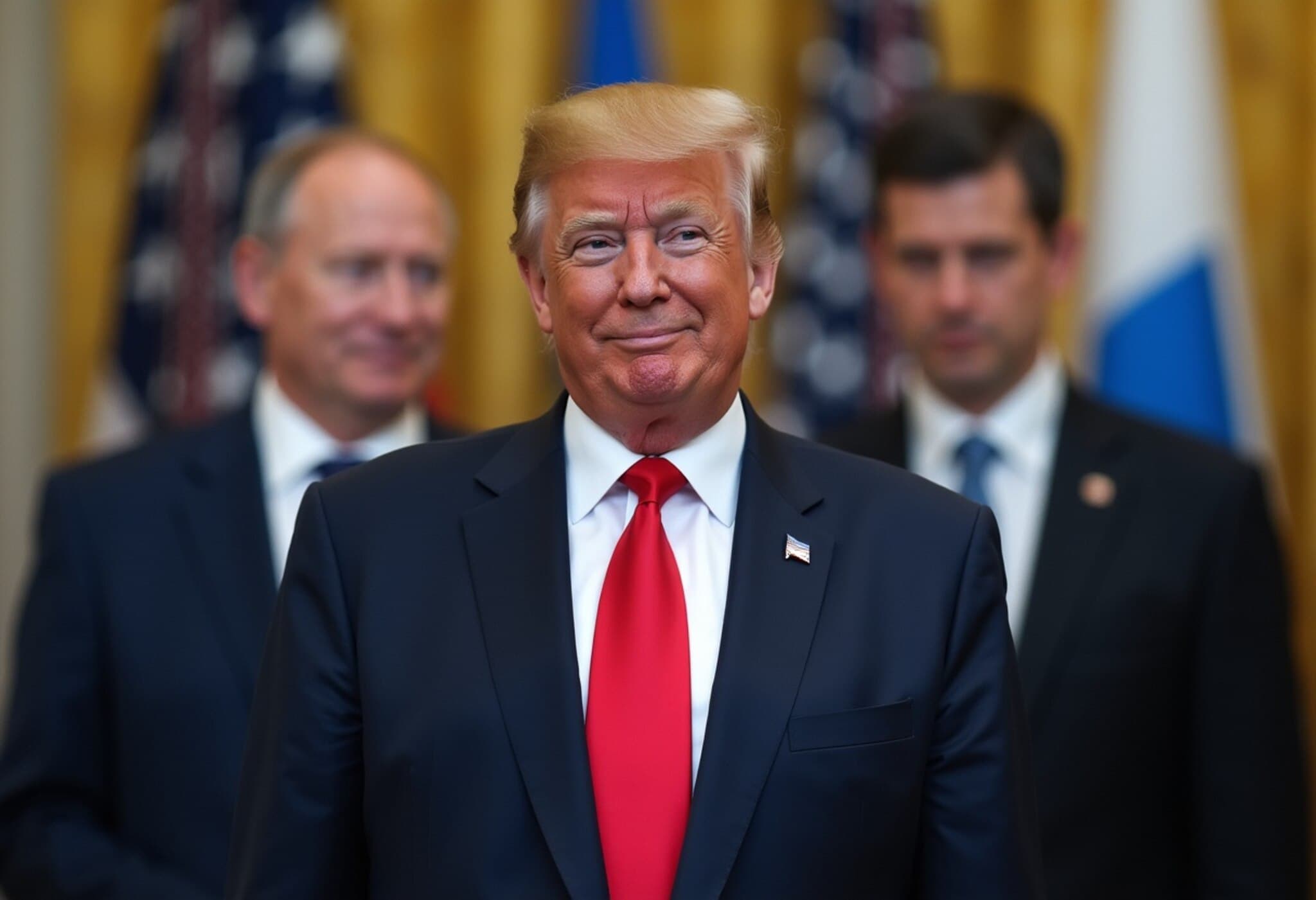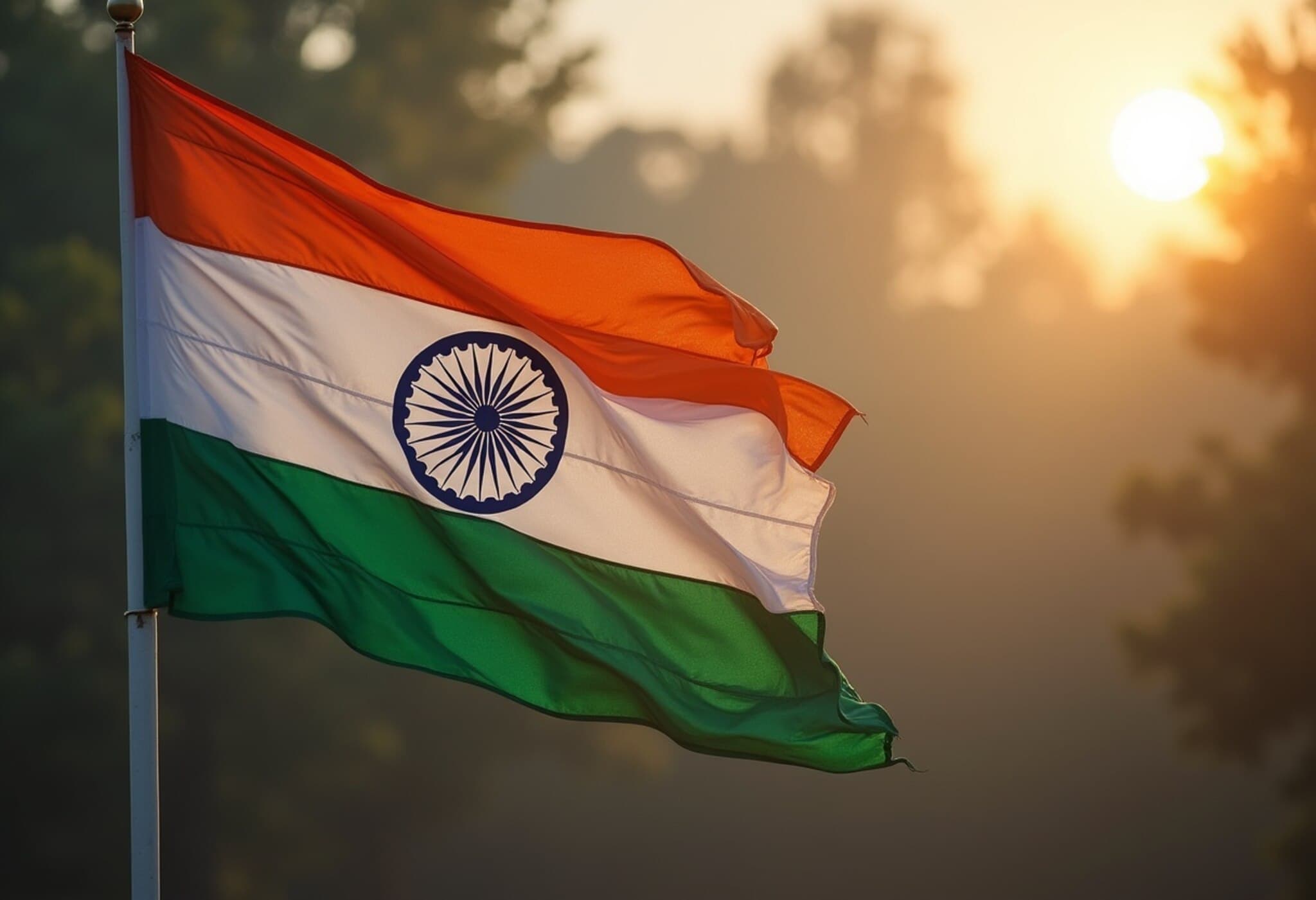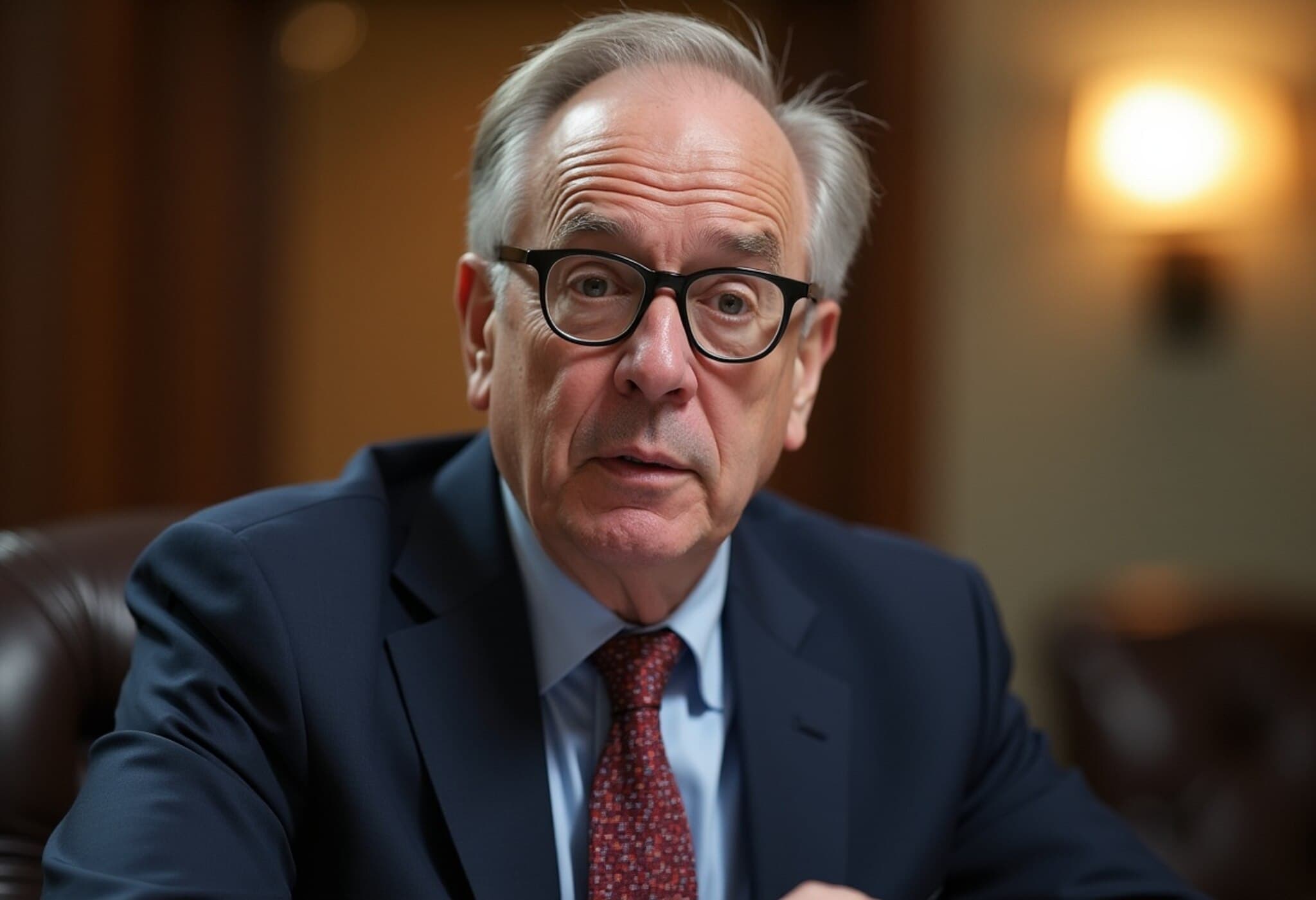Trump and Putin Meet in Alaska Amid Global Tensions and Uneasy Prospects
In a moment charged with historical and geopolitical significance, former US President Donald Trump and Russian President Vladimir Putin convened on Friday at Joint Base Elmendorf-Richardson in Anchorage, Alaska. This summit, brief yet highly anticipated, carries profound implications for the ongoing conflict in Ukraine and the broader security architecture of Europe.
A Stage Set by History and Geography
Alaska, once Russian territory until its 1867 sale to the United States, stands mere miles from Russian land at its closest point—an evocative backdrop underscoring the complex ties and rivalry between the two nations. Choosing a US military base for this summit ensured tight security and minimized the chance of public protests, while also positioning the talks in a place steeped in Cold War-era strategic importance, as the base historically intercepted Soviet aircraft near US airspace.
Summit Structure: From Personal Diplomacy to Broader Dialogue
- President Putin’s arrival was greeted personally by Trump directly at his plane, signaling an informal, personal touch to proceedings.
- The initial discussions were held one-on-one with interpreters, paving the way for expanded talks over a working breakfast with their respective delegations.
- A joint news conference was scheduled to conclude the encounter, offering the world a window into the summit’s outcomes.
The visit lasted only a few hours, reflecting the summit’s tentative diplomatic nature yet magnifying its weight in international eyes.
Objectives and Controversies: Peace, Territory, and Exclusion of Ukraine
Trump described the meeting as a “feel-out” session, cautiously optimistic yet acknowledging a 25% chance of failure. He floated the idea of a potential future trilateral meeting including Ukrainian President Volodymyr Zelenskyy—an offer Russia has not embraced.
However, the absence of Ukraine’s leadership from the discussions raised alarm bells. Kyiv and its Western supporters have insisted that no peace agreement should be reached without Ukraine’s active involvement, adhering to the principle, “Nothing about Ukraine without Ukraine.” This exclusion risks derailing genuine conflict resolution efforts and undermines the sovereignty and agency of Ukraine.
Moreover, Trump’s references to possible “territory swaps” stirred unease among European allies and Kyiv itself, reflecting fears that such arrangements could legitimize Russian territorial gains acquired through conflict.
Diverse Delegations Reflect High-Level Stakes
- Russian delegation: Included Foreign Minister Sergey Lavrov, defense and finance ministers, and Kirill Dmitriev, head of Russia’s sovereign wealth fund.
- US team: Composed of Secretary of State Marco Rubio, Treasury Secretary Scott Bessent, Commerce Secretary Howard Lutnick, CIA Director John Ratcliffe, and Special Envoy Steve Witkoff.
The presence of senior officials from both sides illustrates the seriousness, though the tight timeframe imposed constraints on deep negotiations.
Geopolitical Risks and Realities
For Trump, the summit represented an opportunity to showcase his reputation as a negotiator capable of brokered peace—a role he previously claimed he could achieve swiftly. For Putin, the talks served multiple strategic purposes: consolidating battlefield gains, diminishing Ukraine's NATO aspirations, and exploiting divides between the United States and its European allies.
Critics, including former US officials, have raised concerns that hosting Putin on US soil risks legitimizing his position after years of diplomatic isolation, yielding more advantage to Russia than the US. The summit’s rapid arrangement amplified fears of inflated expectations that might lead to public disappointment or diplomatic setbacks.
International Observers and Broader Implications
Pro-Kremlin analysts openly hope the summit will exacerbate rifts within trans-Atlantic alliances, weakening Europe’s united stance against Russia. Observers from the Center for a New American Security cautioned that other global powers, including China, Iran, and North Korea, view these talks closely, weighing the credibility of Trump’s approach and any potential shifts in US-Russia dynamics.
Contextualizing the Conflict: Ongoing Struggle in Ukraine
The Ukraine conflict remains devastatingly extensive, with a front line stretching over 600 miles, exacting heavy casualties on both sides. Despite Russian military superiority, Ukrainian resistance endures, though financial and military resource strains grow. Putin’s conditions for a ceasefire—including halting Western arms deliveries and freezing Ukraine’s mobilization efforts—are non-starters for Kyiv and its Western backers, underscoring the complexity of any peace negotiations.
Editor’s Note
This summit in Alaska is more than a diplomatic meeting; it is a symbolic crossroads reflecting decades of tension, a modern battlefield’s brutal realities, and the fragile hopes for peace. The exclusion of Ukraine from direct talks raises pressing questions about agency and legitimacy in conflict resolution. As the world watches, the delicate balance between opportunity and risk remains palpable—will these moments lead to de-escalation or deepen fractures within the transatlantic alliance?
Understanding these dynamics is crucial as policymakers, analysts, and citizens seek pathways toward sustainable security in Europe and beyond.

